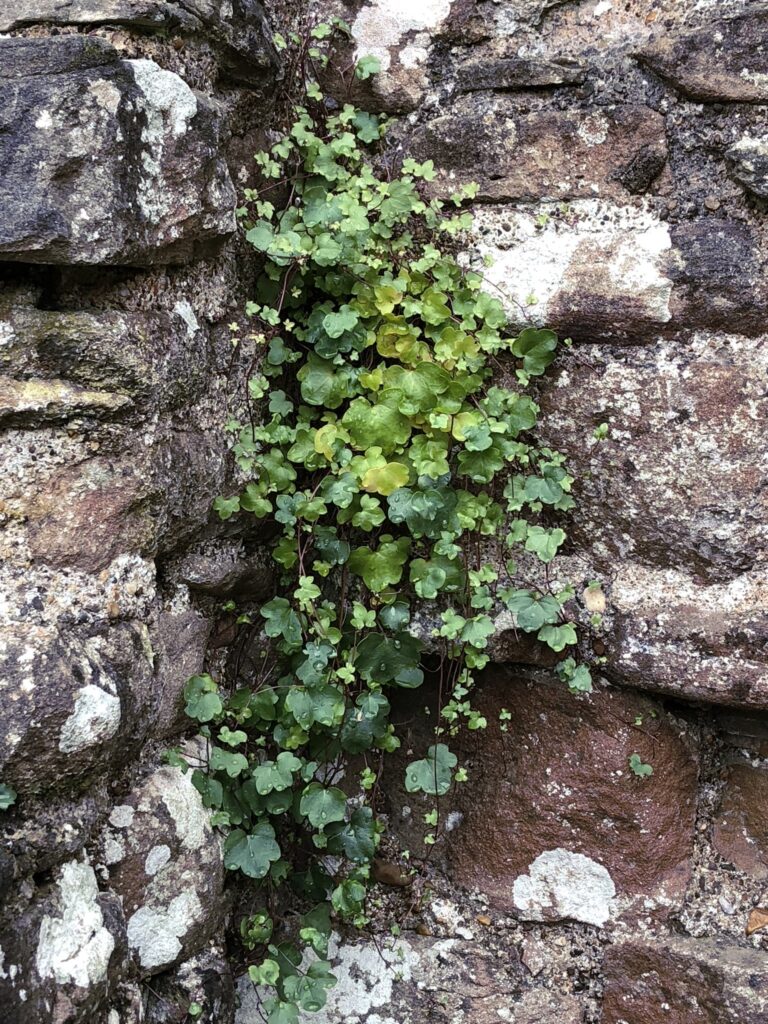Dear Integral Meditators,
Article below four practical ways of clearing and calming your perception using awareness of the body and brain. They’re very simple to use, and once you know what they are, you can use them to good effect anytime!
In the spirit of clear perception,
Toby
 Engaged Mindfulness book is on a special 10% offer for the next week (Until end Tuesday 11th Dec)
Engaged Mindfulness book is on a special 10% offer for the next week (Until end Tuesday 11th Dec)
Christmas is coming up, if you are looking for a meaningful, inexpensive present to pass out to friends, why not order a few copies of ‘Engaged Mindfulness’? It’s a short, 45 page primer on integral mindfulness, broken up into short 1-2page sections. Click here to order your copies…
 Four aspects of clear perception (The zero space in your brain)
Four aspects of clear perception (The zero space in your brain)
What I want to outline here are four ways essentially to calm and center. The first three relate to three aspects of our awareness, namely:
- Our instinctive, or primal intelligence which resides in the brain stem, the oldest ‘reptilian’ part of our brain. This part of our brain is also wired via our nervous system to our belly area, or our ‘guts’. When we say, “I have a gut feeling about this”, this is partly the area of perception we are referring to.
- Our emotional and ‘mammalian’ intelligence which resides in the mid-section or limbic area of our brain. This in terms of our body relates to our heart or chest space, where we experience many of our human and social emotions.
- Our cognitive or thinking intelligence, which is primarily located in the pre-frontal cortex area of the brain. In terms of our body, this is our ‘head’ intelligence.
At any given moment we are receiving impulses and information from these three aspects of our body and our brain. So, in terms of our perception of any given situation, it can be good to ask these questions:
- What are my guts and reptilian brain telling me here?
- What are my emotions and limbic brain experiencing here?
- What is my thinking self and pre-frontal cortex experiencing here?
If you do this you’ll start to be able to tease apart these three areas of your perception and make more conscious choices about your experience in the moment.
Relaxing your instincts, emotions and mind
You can also use this three-fold distinction to relax more systematically:
- To relax your instinctive self: Focus on relaxing the brain stem just inside the base of the skull and at the top of the spine. Then put one hand on your belly and breathe in and out of it, calming the energy there
- To relax your emotional self: Focus on the mid-brain area and relax that, then put one hand on your heart/sternum area and breathe in an out of your chest, calming the emotions you sense there.
- To relax your thinking self: Focus on the front of the brain, and around the temples and forehead. Relax the pre-fontal cortex, then the head area in general.
The zero space inside you head
There is a tiny physical cavity, or space inside your brain. It is in the middle of the brain, just maybe a centimetre or two toward the back from the literal centre. It is the space at the intersection or meeting point between the left and right hemispheres of your brain, and the brain stem which comes up from underneath. Back in the day, Taoist meditators discovered that, if you placed your attention in this physical spot in your head, then your mind calms very quickly, as there is absolutely nothing going on in that space. It’s like a ‘zero space’ of no thought. The Taoist call this space ‘the cavity of original spirit’. So, if you rest your attention there, you can enter a space of no-thought very quickly!
I use these four areas in combination. I first relax my instincts, emotions and thoughts, then I go into the ‘Cavity of original spirit’ for a while. It’s another meditation technique that can also be very useful when you can’t fall asleep at night. A space of ‘no-thought’ is pretty damn relaxing even if you aren’t literally asleep!
© Toby Ouvry 2018, you are welcome to use or share this article, but please cite Toby as the source and include reference to his website www.tobyouvry.com
Upcoming Courses at Integral Meditation AsiaOngoing on Wednesday’s, 7.30-8.30pm – Wednesday Meditation Classes at Basic Essence with Toby
Ongoing on Tuesday evenings, 7.30-8.30pm – Tuesday Meditation Classes at One Heart with Toby (East coast)
Monday 6.15-7.15 & Wednesday 12.15-1.15 – Integral Meditation classes at Space2B on Stanley Street
Saturday mornings 9-10.15am : 1st,15th, 22nd, 29th December – Qi Gong workout and meditation class
Tues & Weds, 4th, 5th December – Monthly Astrological meditation – on ‘Sagittarius – I perceive/understand’
Saturdays December 15th & 22nd – Mindfulness group coaching sessions with Toby
Saturday 8th December, 9.30am-12.30pm – Psychic & Psychological Self-defence half day workshop
Saturday 15th December, 1-4pm – Integral meditation practice: Optimize your inner calm, strength and energy
Tues & Weds Dec 18/19th, 7.30-8.30pm – Winter Solstice balancing & renewing meditation
Integral Meditation Asia
Online Courses * 1:1 Coaching * Books * Live Workshops * Corporate Mindfulness Training *Life-Coaching * Meditation Technology
 Dimensions of mindful perception and understanding
Dimensions of mindful perception and understanding




 Learning to conserve, build and circulate your energy (not waste it though dissipation and distraction)
Learning to conserve, build and circulate your energy (not waste it though dissipation and distraction) The body within the body (infinitely small, infinitely big)
The body within the body (infinitely small, infinitely big) Making your body your castle
Making your body your castle